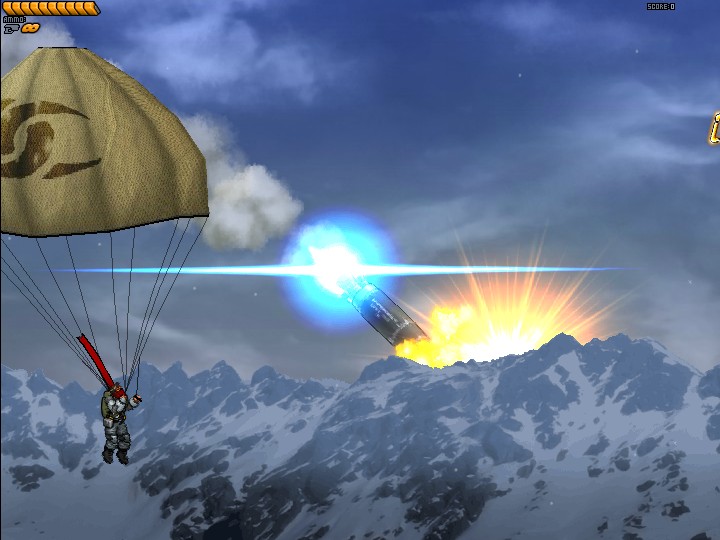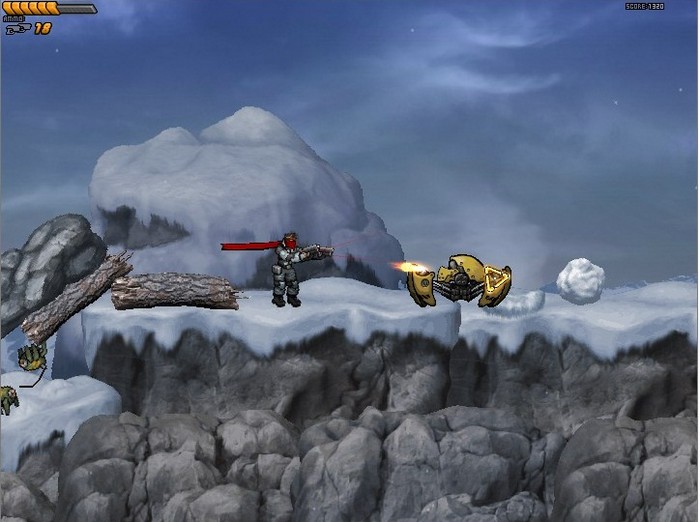

A oclusão e o perfil facial satisfatório alcançados ao fim do tratamento mantiveram-se após 54 meses em contenção. O tempo total de tratamento ativo foi de 21 meses. Ao mesmo tempo, também alcançou-se relação de Classe I nos caninos.

Resultados:Īpós quatro meses em tratamento, alcançou-se uma sobremordida positiva, devido à intrusão de 1,5 mm dos molares superiores, sem qualquer efeito colateral indesejável. Após a extração dos primeiros pré-molares superiores, iniciou-se movimentos simultâneos de intrusão dos molares e retração dos caninos, com o uso combinado de arcos seccionados, elásticos em cadeia e mini-implantes. A paciente foi diagnosticada com má oclusão de Classe II de Angle com mordida aberta anterior devido à dimensão vertical aumentada dos molares superiores. Verificou-se, ainda, mordida aberta de -2,0 mm, causada por um comprimento levemente maior dos molares superiores. Uma paciente de 19 anos e 5 meses de idade procurou tratamento apresentando como queixas principais a dificuldade de mastigar com os dentes anteriores e a protrusão dos incisivos superiores. Objetivo:Įste artigo descreve uma abordagem ampla para a correção da mordida aberta dentoalveolar em uma paciente adulta, usando mini-implantes.

Entretanto, ainda há preocupações quanto à longa duração desse tratamento em pacientes com discrepâncias anteroposteriores, já que os dentes anteriores são movimentados em etapa distinta dos posteriores. A intrusão de molares usando ancoragem em mini-implantes foi desenvolvida como uma nova estratégia para a correção da mordida aberta. Open bite Orthodontic anchorage procedures Angle Class II Tooth movement techniqueĪ mordida aberta anterior é um dos tipos de má oclusão mais difíceis de se corrigir no tratamento ortodôntico. The presented treatment shows the potential to shorten the treatment duration and to contribute to the long-term stability for open bite correction. The resultant occlusion and satisfactory facial profile were maintained after 54 months of retention. The total active treatment period was 21 months. Class I canine relation was also achieved at the same time. Results:Īt 4 months after the procedure, positive overbite was achieved subsequent to the intrusion of maxillary molars by 1.5 mm and without undesirable side effects. After extraction of the maxillary first premolars, concurrent movements of molar intrusion and canine retraction were initiated with the combined use of sectional archwires, elastic chains and miniscrews. The patient was diagnosed with Angle Class II malocclusion with anterior open bite due to the vertical elongation of maxillary molars. An open bite of -2.0 mm caused by slight elongation of the maxillary molars was found. Case report:Ī woman 19 years and 5 months of age had chief complaints of difficulty chewing with the anterior teeth and maxillary incisor protrusion. This article illustrates a comprehensive orthodontic approach for dentoalveolar open bite correction of an adult patient, by using miniscrew. Molar intrusion using miniscrew anchorage has been developed as a new strategy for open bite correction however, this procedure still has an important concern about prolonged treatment duration in the patient with anteroposterior discrepancy due to the separate step-by-step movement of anterior and posterior teeth. Anterior open bite is one of the most difficult malocclusions to correct in orthodontic treatment.


 0 kommentar(er)
0 kommentar(er)
